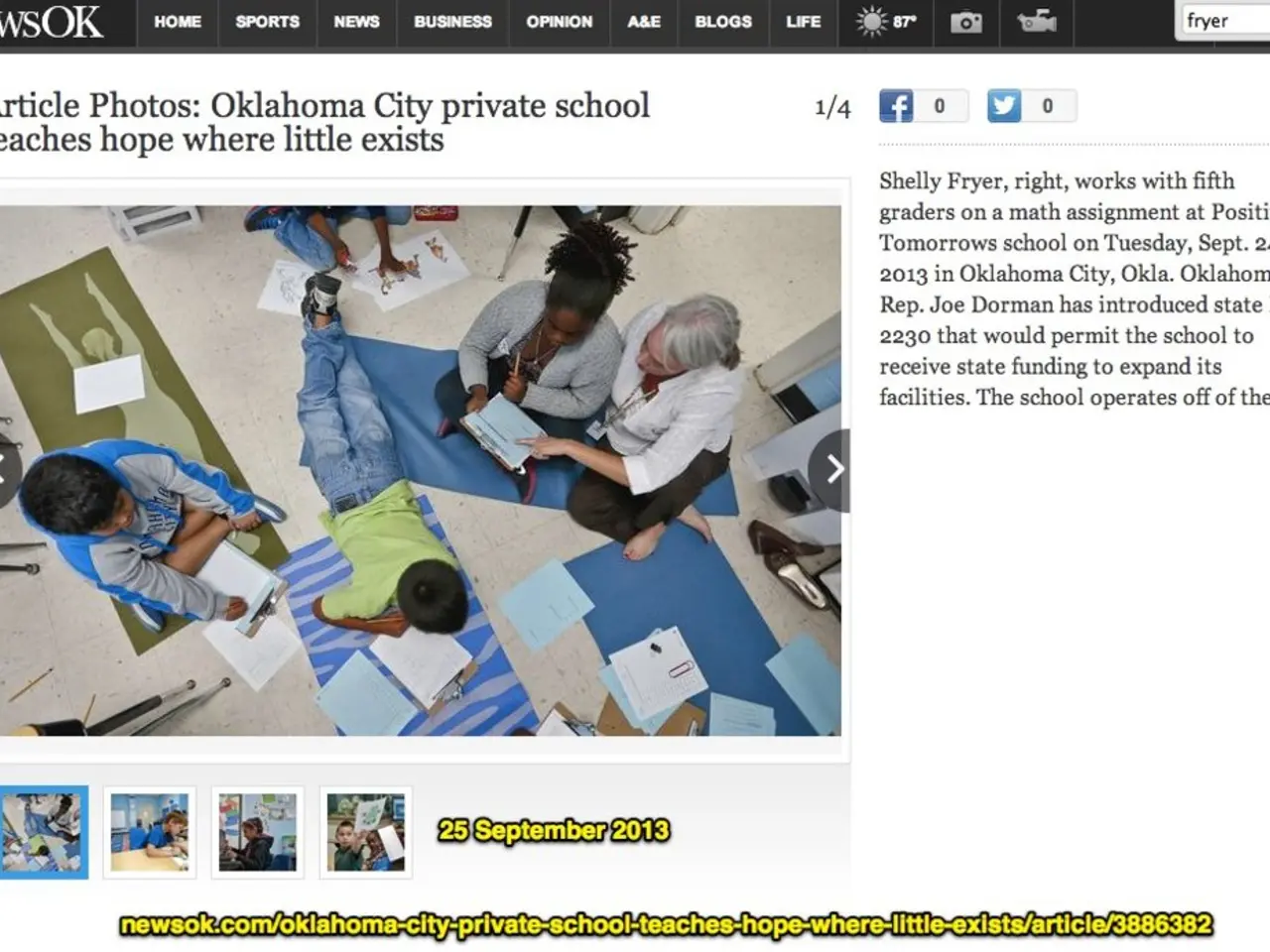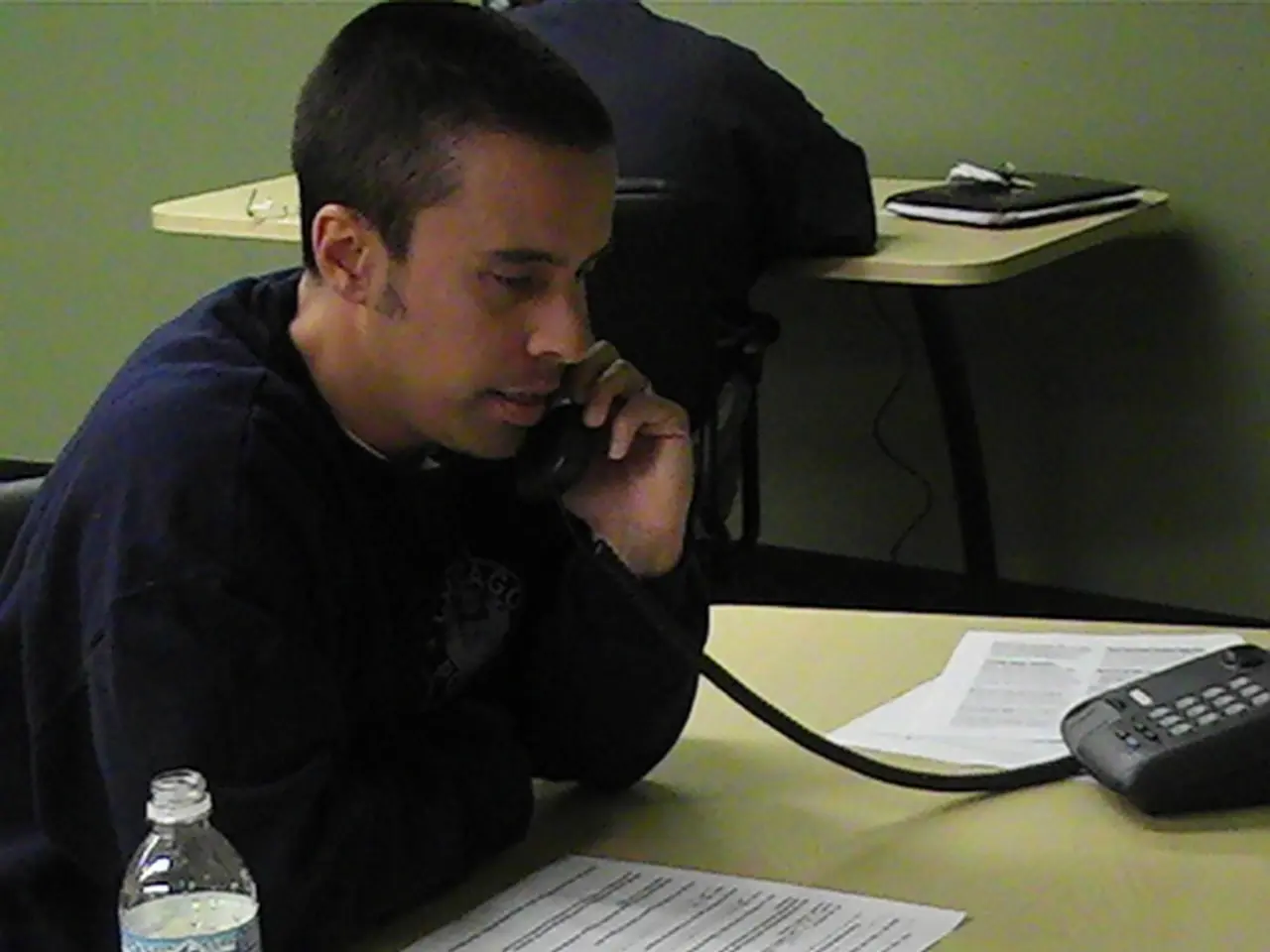In the Modern Era of Digital Communication, FOMO (Fear of Missing Out) has experienced a significant amplification, particularly among high school students.
In the digital age, a psychological phenomenon known as FOMO (Fear of Missing Out) has become increasingly prevalent, particularly among high school students. This anxiety stems from the fear of missing out on exciting or rewarding experiences, often fuelled by social comparison and the need for social approval and gratification.
High school, a pivotal period of social adaptation, carries the burden of fitting in. For students like Simone Ginsberg '26 and Sarah Rubinstein '26 at the Bronx High School of Science, known for its academic excellence and active social life, the fear of missing out on social events can cause irrational anxiety and feelings of insecurity.
FOMO's influence extends beyond social interactions, affecting various aspects of a person's life. In competitive industries, success is often measured by external markers like promotions or accolades, similar to high school. This pressure can drive individuals to overwork or constantly seek validation.
The digital age has intensified the effects of FOMO to paralyzing levels. Social media platforms use algorithms to maximize user engagement, providing constant updates about others' activities. This can contribute to FOMO by creating a distorted reality where teens believe their peers are constantly engaged in rewarding experiences, which heightens the fear that they themselves are missing out on vital social events or opportunities.
Consumerism plays a significant role in perpetuating FOMO. Marketers use tactics like limited-time offers and social proof to create a compulsive need to keep up with the latest trends or products. This can extend FOMO beyond social interactions, making it a pervasive issue in modern society.
However, it's essential to note that FOMO is not an inherent flaw of social media. It's a byproduct of how we choose to engage with it. Cultivating mindfulness and awareness of online behaviors can help mitigate the impact of FOMO and foster healthier relationships with social media.
Building genuine connections and nurturing meaningful relationships offline can provide a sense of fulfillment and lessen feelings of loss due to FOMO. Confidence is a key factor in mitigating the impact of FOMO, and can be built through authenticity rather than trying to meet societal standards.
Addressing FOMO in this demographic often requires interventions focused on healthy technology use, reducing social comparison, and bolstering psychological resilience and support systems. By understanding and addressing FOMO, we can help high school students navigate the challenges of adolescence and emerge as confident, well-rounded individuals.
References:
[1] Wan, L. (2019). The Fear of Missing Out: How Social Media Contributes to Anxiety in Adolescents. Journal of Adolescence, 73, 85-94.
[2] Shen, Y. (2017). Cyberbullying and its impact on the mental health of adolescents. Journal of Adolescence, 64, 141-148.
[3] Przybylski, A. K., Murayama, K., DeHaan, C. R., & Gladwell, V. (2013). The Compulsive Use of Social Network Sites: Assessing the Role of Motives for Use and the Importance of Anticipated Outcomes. Psychological Science, 24(7), 1213-1222.
[4] Twenge, J. M., & Campbell, W. K. (2019). The Impact of Social Media on Adolescent Well-Being. American Psychologist, 74(5), 563-574.
[5] Kross, E., Verduyn, P., Demiralp, E., Park, J., Lee, M., Lin, E. Y., Ybarra, O., Lee, J. Y., Schonbrod, H., & Lee, S. (2013). Facebook Use Predicts Declines in Subjective Well-Being in Young Adults. PLOS ONE, 8(2), e57328.
- In the realm of news, numerous articles have been published about the growing issue of FOMO (Fear of Missing Out) among high school students.
- Opinion pieces have debated the role of social media platforms in exacerbating this anxiety, citing their algorithms that prioritize user engagement.
- Some videos on health-and-wellness channels offer tips on how to manage FOMO, providing insight into mindfulness and reducing social comparison.
- Culture, in the modern sense, is also a subject of discussion, with experts debating the impact of consumerism on FOMO, particularly in promoting the compulsive need for the latest trends and products.
- Features sections and editorials explore the psychological and social effects of FOMO, often delving into its consequences on mental health and the construct of success.
- Photography exhibitions highlighting real-life scenarios of high school students grappling with FOMO provide a visual representation of this issue, helping to raise awareness.
- Social media platforms are not solely responsible for FOMO; educational and self-development resources focus on building resilience, reducing social comparison, and promoting healthy technology use.
- Fashion-and-beauty influencers and food-and-drink bloggers can contribute to FOMO through their enviable lifestyles, but some are now promoting a more balanced perspective, encouraging self-acceptance and real-life connections.
- Relationship counselors often address FOMO in their work, stressing the importance of building genuine offline relationships and fostering a sense of fulfillment to lessen its impact on adolescents and adults alike.




